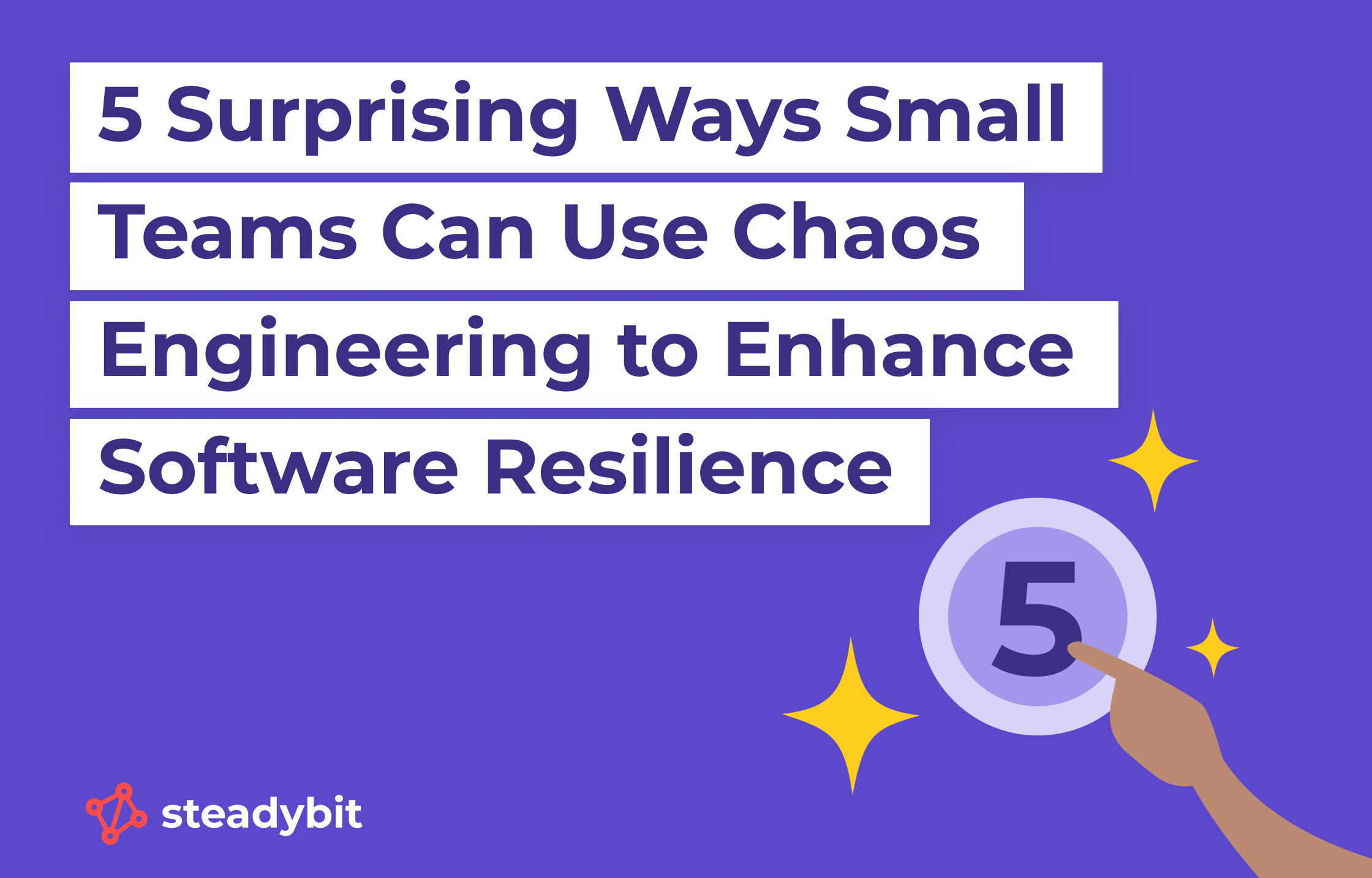5 Surprising Ways Small Teams Can Use Chaos Engineering to Enhance Software Resilience

Small teams often assume chaos engineering is only for large-scale organizations, but that couldn’t be further from the truth. Chaos engineering helps uncover vulnerabilities and strengthen software, no matter the size of the team. With the right approach, small teams can use chaos engineering to build resilience into their systems without needing massive resources. Here’s how your small team can embrace chaos engineering for more robust software.
1. Proactively Test for Failures
Waiting for a failure to happen can be costly. Chaos engineering lets small teams take control by simulating failures before they happen in production. Whether it’s testing for server crashes, network outages, or system overloads, these experiments reveal the weak points in your system. By addressing these issues ahead of time, you can avoid major headaches down the road.
2. Boost Collaboration and Learning
Chaos experiments often involve multiple areas of expertise, meaning your developers, testers, and operations team work together to design and run these tests. This collaboration builds shared knowledge and makes everyone more familiar with how the system behaves under stress. Regular chaos experiments become a learning opportunity for your whole team, breaking down silos and encouraging open problem-solving.
3. Build a Resilient Mindset
Chaos engineering helps small teams shift their mindset from avoiding failure to embracing it. Instead of fearing outages, you can use them as an opportunity to improve. The goal isn’t just preventing every issue but preparing for how to recover quickly when they occur. This mindset shift helps your team build resilience into every part of the system, ensuring you’re always prepared to bounce back from disruptions.
4. Simulate Real-World Conditions
Your team can use chaos engineering to recreate the actual conditions your software might face in the real world. From high traffic to sudden resource shortages, running these scenarios ensures your system can handle whatever gets thrown its way. Simulating real-world conditions helps small teams stay ahead of potential issues that users might experience, creating a stronger and more reliable platform.
5. Automate Experiments for Continuous Improvement
Small teams don’t need to run chaos experiments manually. By using Steadybit, you can automate chaos engineering tests, allowing for regular checks on system resilience without overwhelming your team. Automation ensures that even as your system evolves, you’re continuously testing its limits and improving performance without sacrificing development time.
Chaos engineering isn’t just for big enterprises—it’s a powerful tool that any small team can use to build resilient software. By testing for failures, fostering collaboration, and embracing a mindset of constant improvement, your team can prepare for anything. And with the help of Steadybit, automating these experiments makes it even easier to stay ahead of the game.
Don’t wait for failure to teach you a lesson. Start small, experiment, and watch as your system becomes stronger with every step.